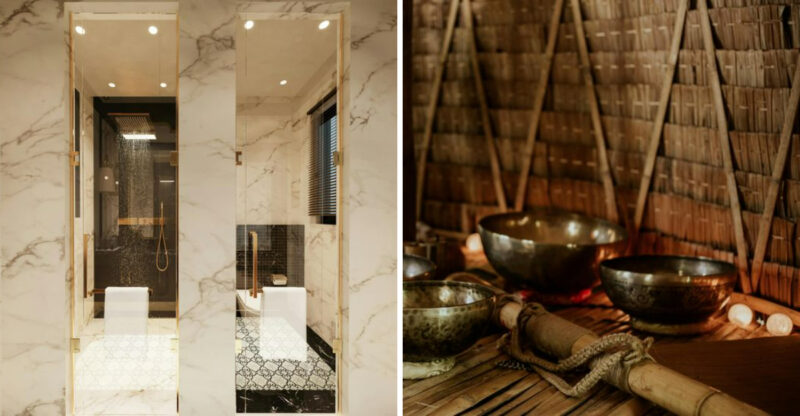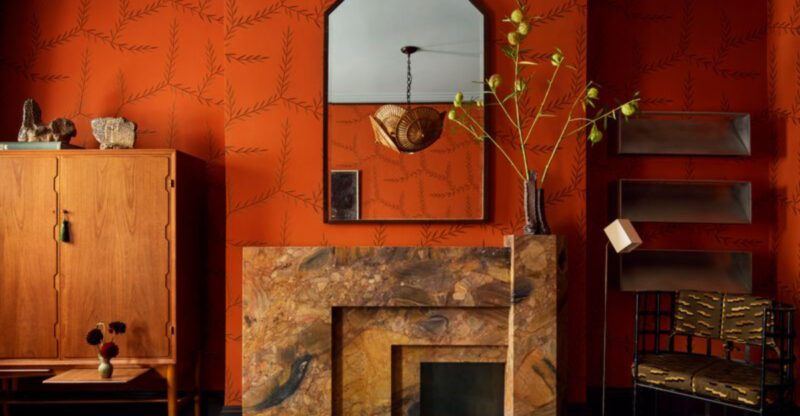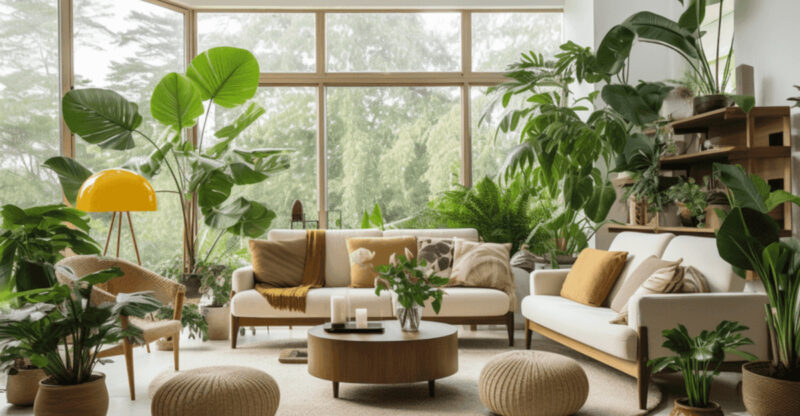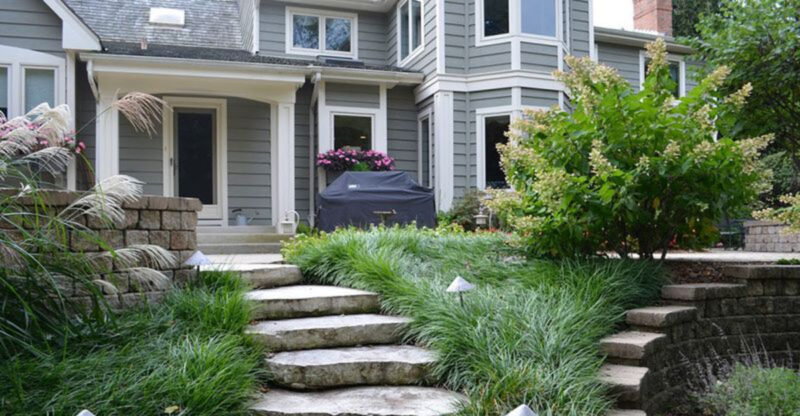13 Decor Tricks That Fake A Bigger Space
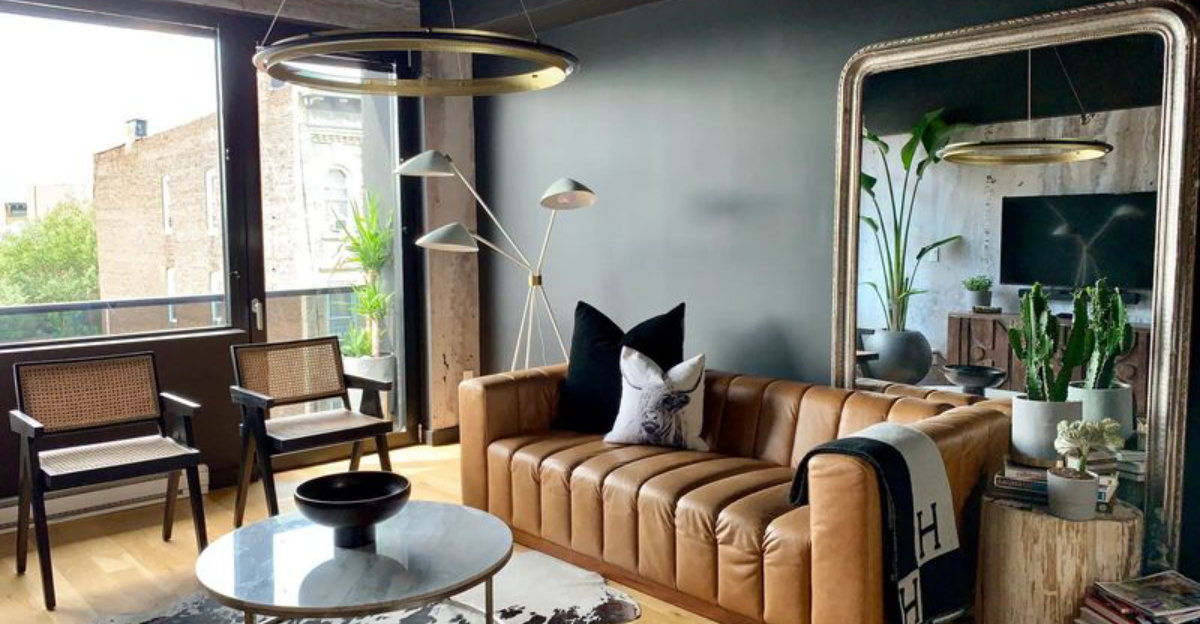
Ever felt like your home is closing in on you? Small spaces can feel cramped and suffocating, but they don’t have to! As a designer who’s transformed countless shoebox apartments into palaces (well, almost), I’ve collected foolproof tricks that create the illusion of space.
No sledgehammers or wall removals required. Just clever visual deception that’ll make your guests wonder if your rooms are secretly expanding.
1. Mirrors Work Magic
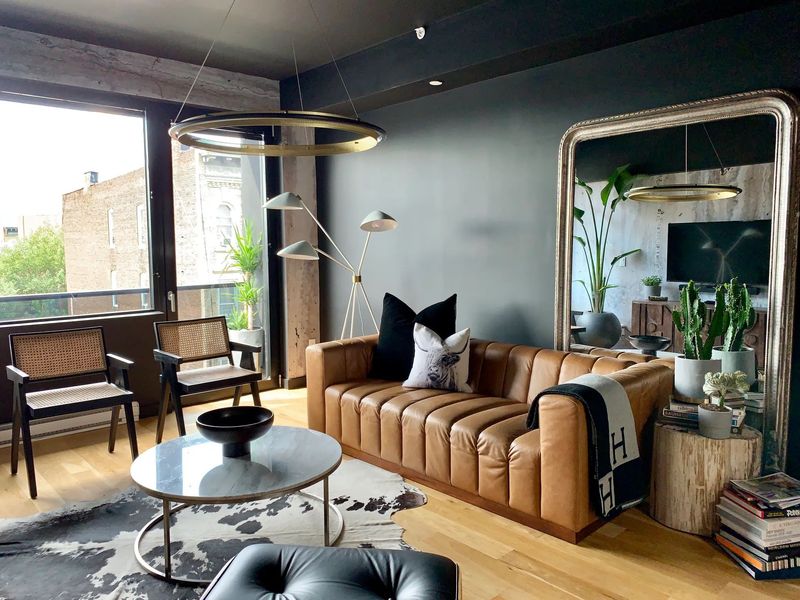
Mirrors aren’t just for checking if you’ve got spinach in your teeth! Strategic placement doubles your visual space instantly. Hang a large mirror opposite a window to bounce natural light throughout the room.
Moreover, mirrored furniture pieces like side tables or cabinet fronts reflect light without dominating visual space. For maximum impact, consider a floor-to-ceiling mirror on one wall, suddenly your room extends into infinity.
2. Go Vertical With Storage
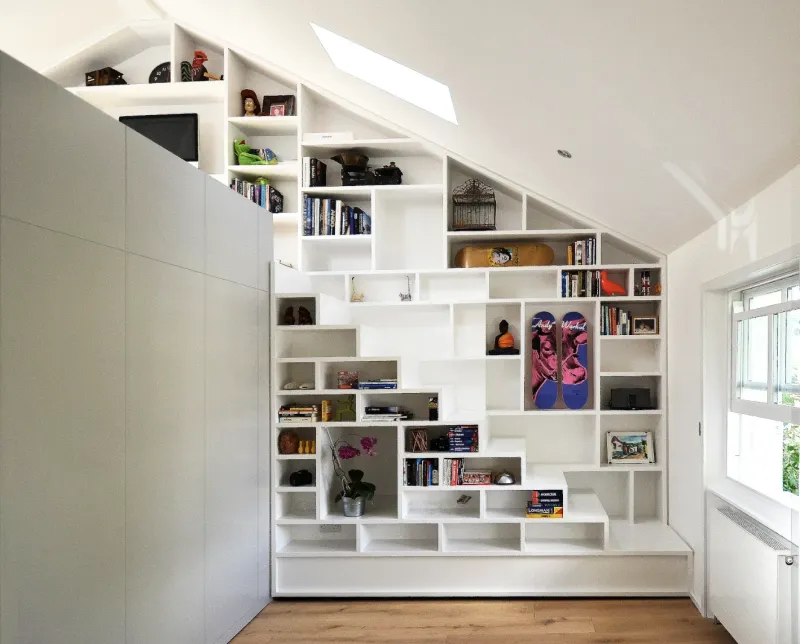
Floor space is premium real estate in tiny rooms! Rather than spreading out, think up, way up. Tall bookcases, floating shelves near the ceiling, and vertical storage units draw the eye upward, creating the illusion of height.
Wall-mounted cabinets free up precious floor area while providing storage for your stuff. My clients gasp when they see how much breathing room appears once we’ve lifted their storage game to new heights.
3. Light Colors Expand Visually
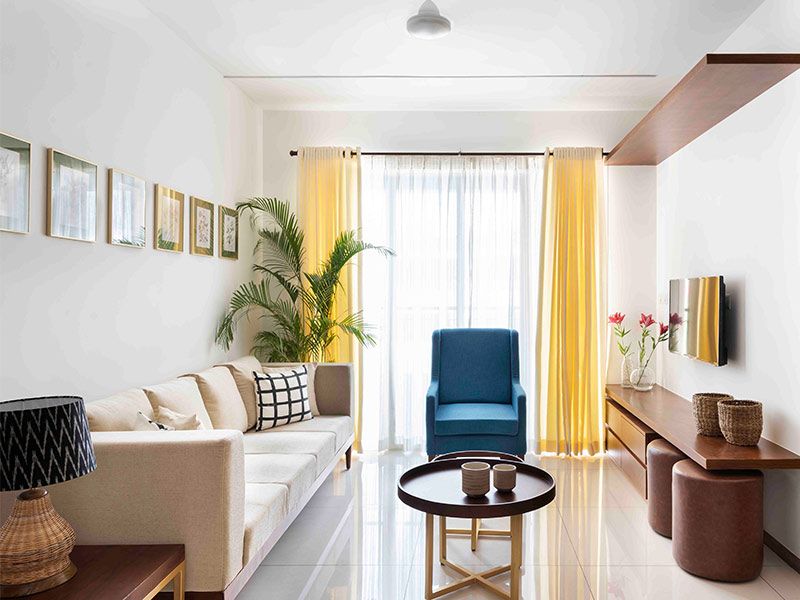
Dark colors are space-eaters. Painting walls in whites, creams, or soft pastels makes boundaries visually recede, giving rooms an airy feel. Light bounces better off pale surfaces, eliminating those shadowy corners that shrink your space.
However, this doesn’t mean your home must look like a sterile hospital! Add personality with colorful accessories that pop against your neutral backdrop. The contrast creates depth without closing in your carefully expanded visual territory.
4. Clear Furniture Creates Breathing Room
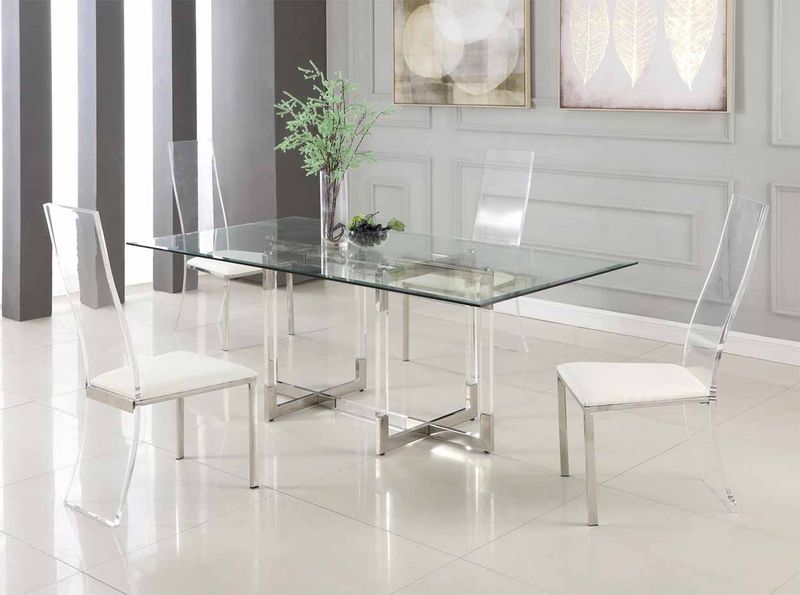
Ever feel like your furniture is swallowing the room? Solid pieces can block sightlines and make small spaces feel even more cramped.
Enter Lucite chairs, glass tables, and open-backed shelving, design heroes that let your eye travel freely, creating visual flow and the illusion of more space. Despite their modern vibe, these see-through styles play nicely with traditional decor too.
A clear coffee table, for instance, “disappears” while still doing its job… Giving you more floor to admire and less clutter to contend with.
5. Stripes Stretch Spaces
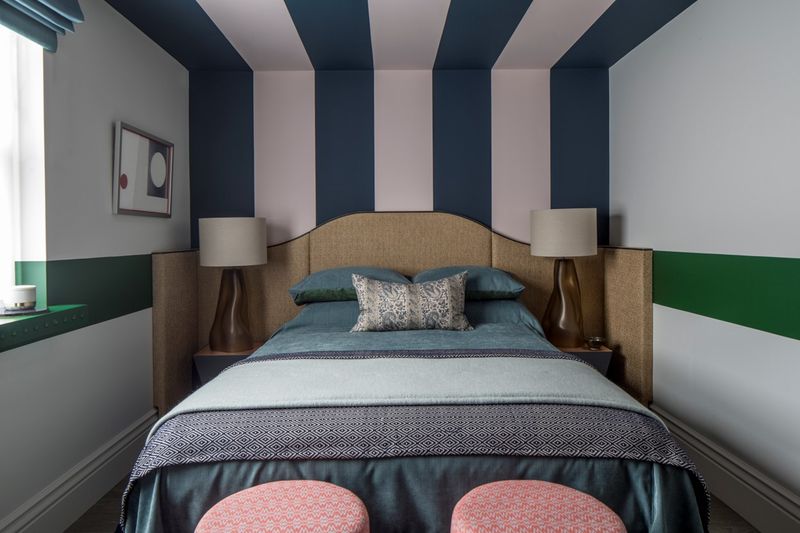
Stripes aren’t just for sailors and referees. Horizontal stripes on walls make rooms appear wider, while vertical stripes heighten ceilings. This optical illusion works wonders in hallways and narrow rooms.
Skip the permanent commitment of striped wallpaper if you’re nervous. Instead, introduce stripes through rugs, curtains, or even strategically arranged artwork.
The directional lines guide the eye exactly where you want it to travel, outward and upward!
6. Monochromatic Schemes Create Flow
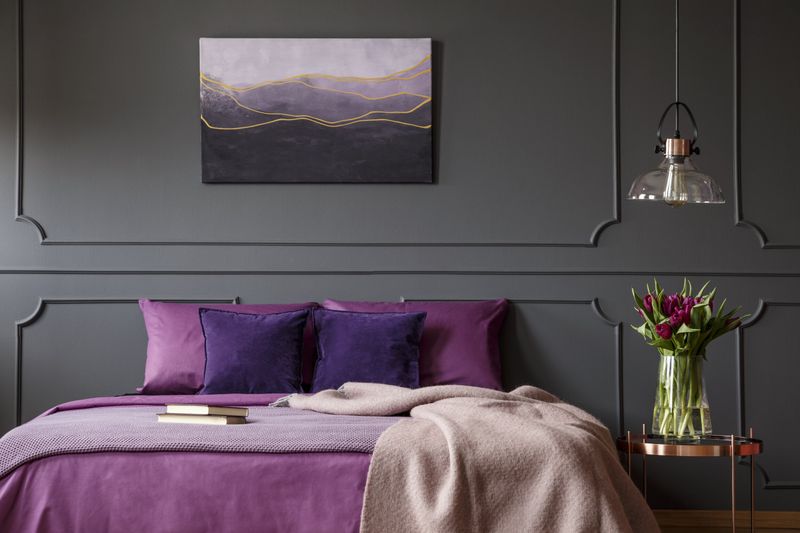
Color transitions create visual stops that chop up your space. Using varying shades of one color eliminates these interruptions, creating a seamless flow that expands perception.
Choose your favorite hue, then layer tints and tones throughout the room. The subtle variations add interest without breaking continuity.
My clients love how their tiny apartments suddenly feel like flowing, cohesive spaces rather than chopped-up little boxes.
7. Hidden Storage Eliminates Clutter
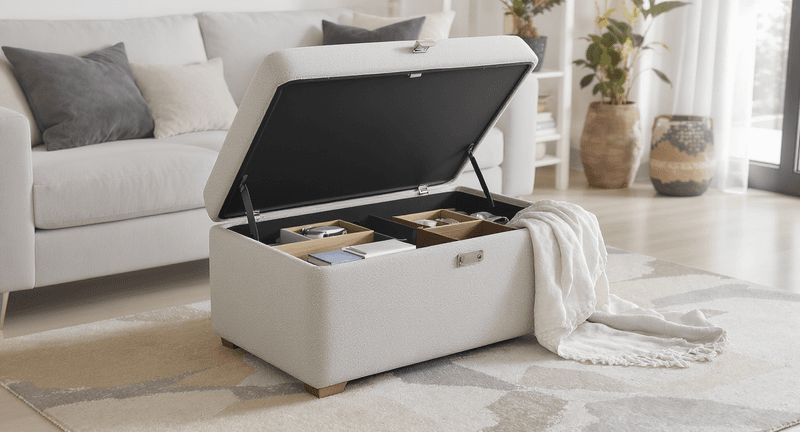
Nothing shrinks space faster than visual clutter. Furniture with hidden storage compartments, ottomans with lift-tops, beds with drawers, coffee tables with shelving, keeps necessities accessible without visual chaos.
Additionally, multi-functional pieces eliminate the need for extra furniture. A bench that stores shoes and offers seating? That’s one piece doing triple duty! Your room breathes easier with fewer pieces fighting for attention.
8. Scale Down Furniture Proportions
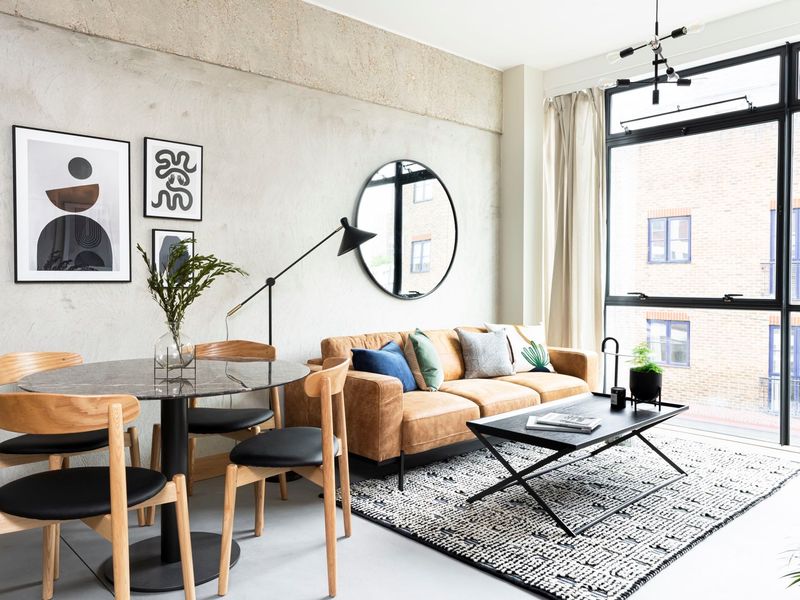
Oversized furniture in small rooms is like squeezing an elephant into a phone booth! Swap bulky pieces for streamlined alternatives with smaller proportions and raised legs.
Furniture that sits off the floor creates breathing space underneath, letting your eye travel farther. Look for apartment-sized sofas, love seats instead of full sofas, and round tables instead of square ones.
Your room won’t know what hit it. Suddenly it’s breathing again!
9. Strategic Lighting Expands Darkness
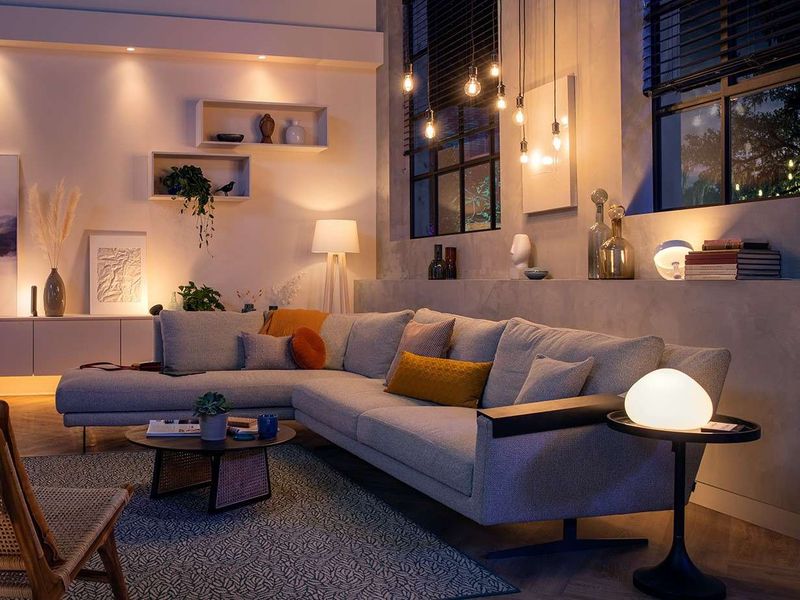
Do certain corners of your home feel like black holes? Poor lighting can shrink a room faster than hot water shrinks wool!
The fix? Layer your lighting. Combine ceiling fixtures with floor lamps, table lamps, and sconces to banish shadows and expand your space visually.
Uplighting, in particular, can make ceilings feel taller, while placing lights behind furniture helps bounce illumination off the walls, stretching the room’s boundaries. It’s one of those “why didn’t I do this sooner?” upgrades once the full glow kicks in.
10. Minimal Window Treatments Maximize Light
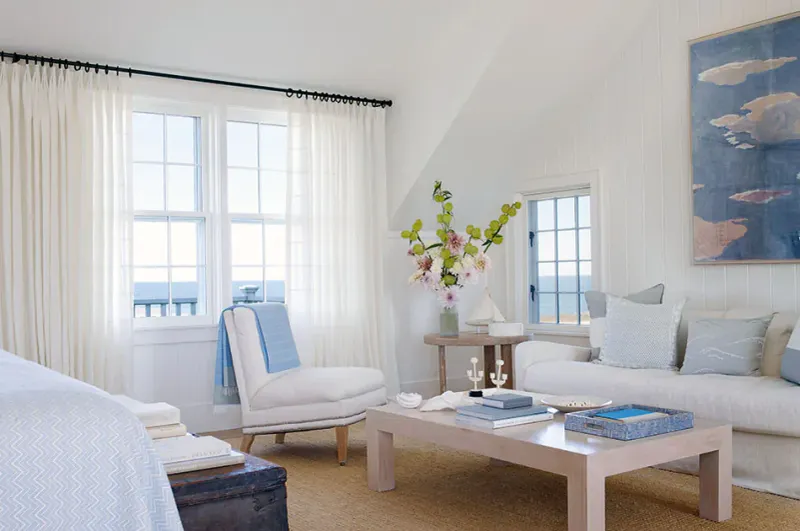
Heavy drapes eat valuable visual space and block precious natural light. Replace them with simple treatments that allow maximum sunshine and outdoor views.
Sheer curtains, blinds mounted inside window frames, or roman shades maintain privacy without bulk. When possible, leave windows completely bare, the connection to outdoors instantly expands your room’s perceived boundaries. Natural light is your tiny space’s best friend!
11. Create Zones With Rugs
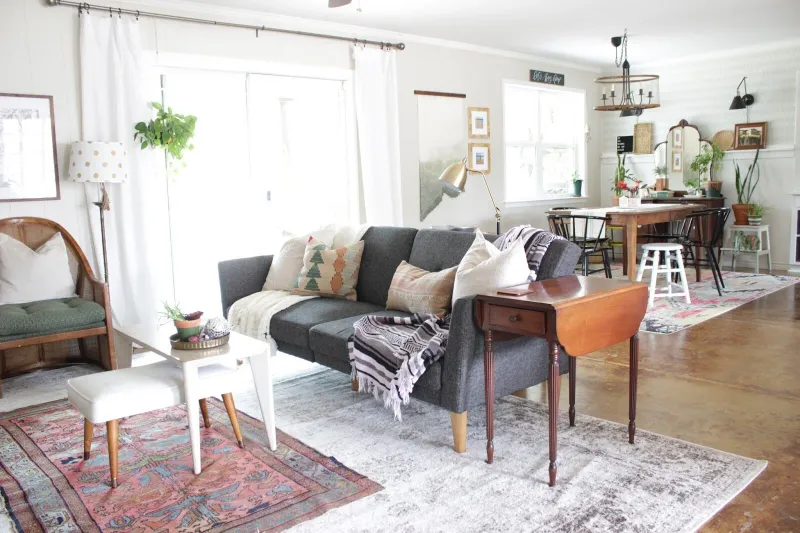
Contrary to instinct, one tiny rug makes rooms feel smaller! Instead, define functional areas with appropriately sized rugs that anchor furniture groupings.
This zoning technique creates the impression of multiple spaces within one room. Suddenly your studio feels like it has distinct living and dining areas. Choose light-colored rugs with simple patterns that don’t overwhelm. The visual organization tricks the brain into perceiving more space.
12. Declutter Ruthlessly
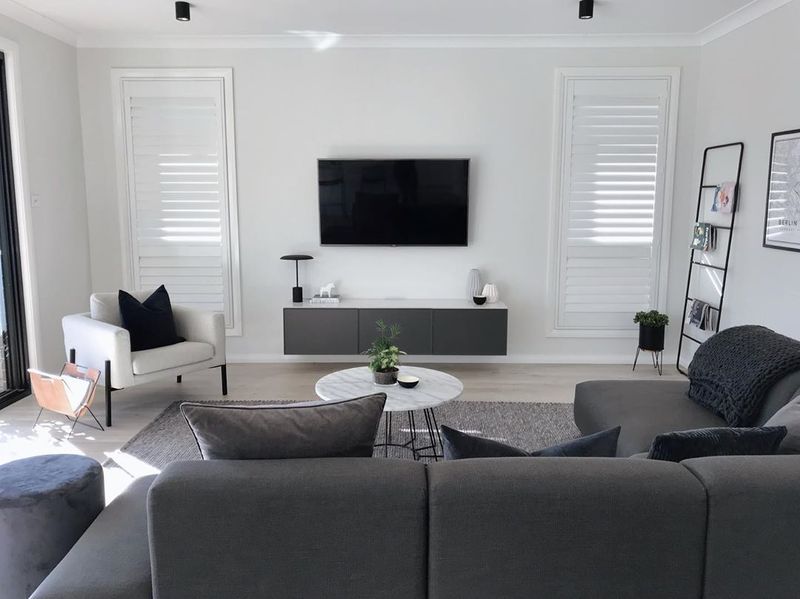
Your grandmother’s collection of ceramic frogs might be sentimental, but they’re spatial vampires. Edit possessions ruthlessly, displaying only items that serve a purpose or bring genuine joy.
Group smaller objects into collections rather than scattering them. One impactful arrangement makes a statement without the visual noise of multiple tiny displays. Remember my designer mantra, negative space is positive in small rooms!
13. Hang Curtains High And Wide
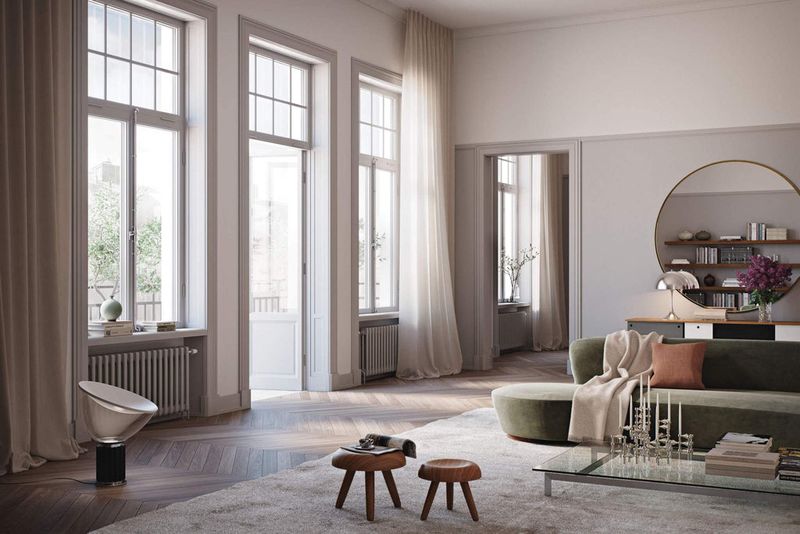
Standard curtain placement is a rookie mistake. Mount curtain rods close to the ceiling and extend them beyond window frames on both sides.
This simple trick makes windows appear larger and ceilings higher. When curtains are open, ensure they frame the window without blocking any glass.
Your room suddenly gains architectural importance and perceived size without moving a single wall.

